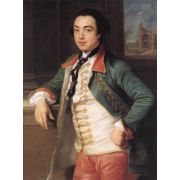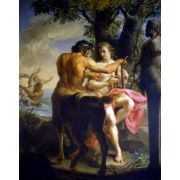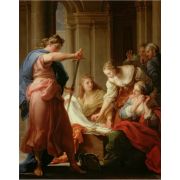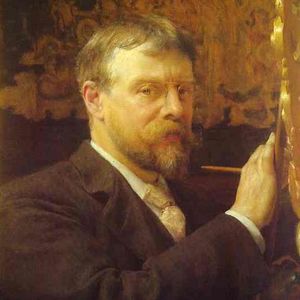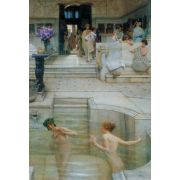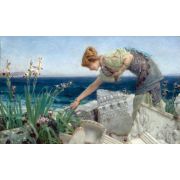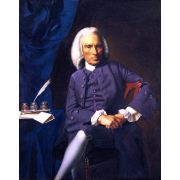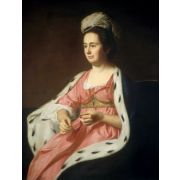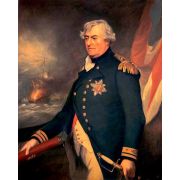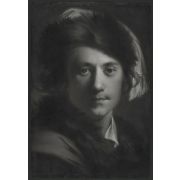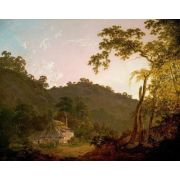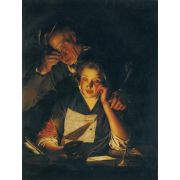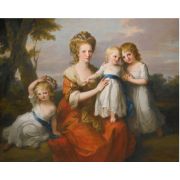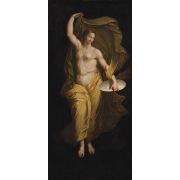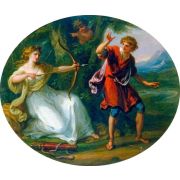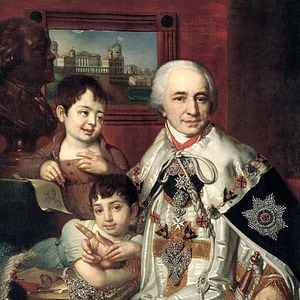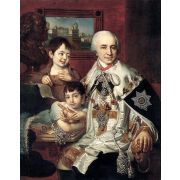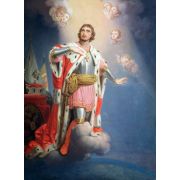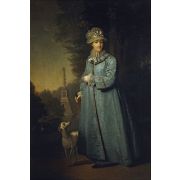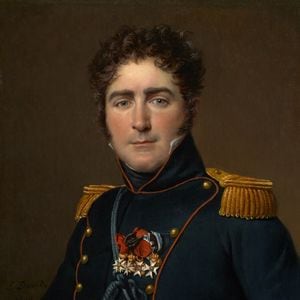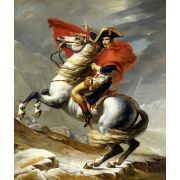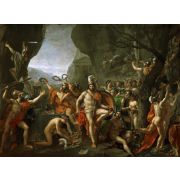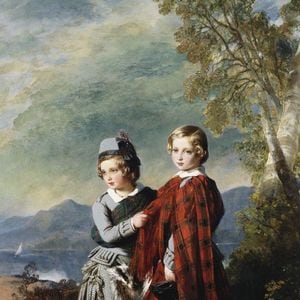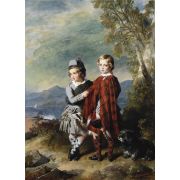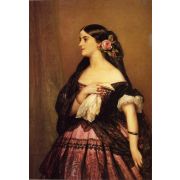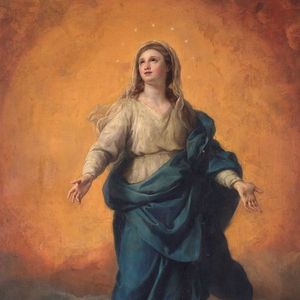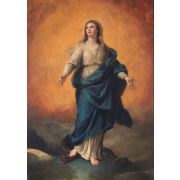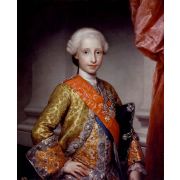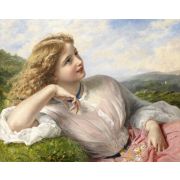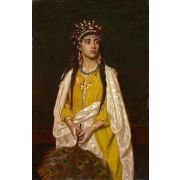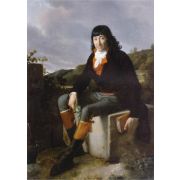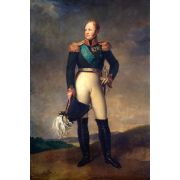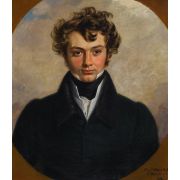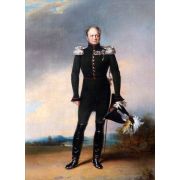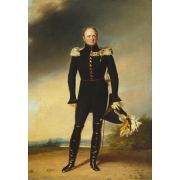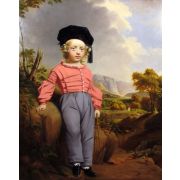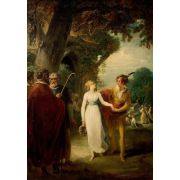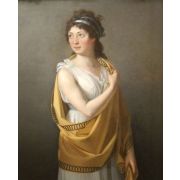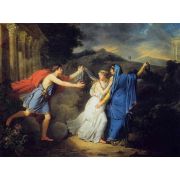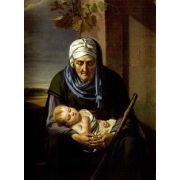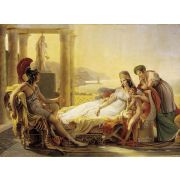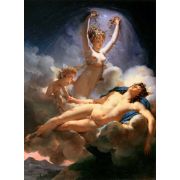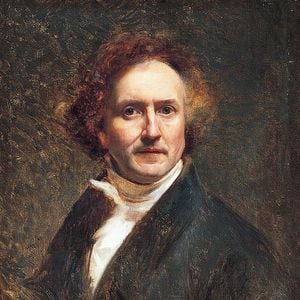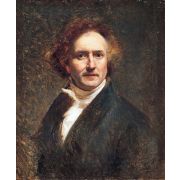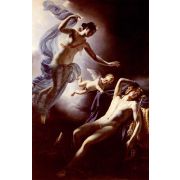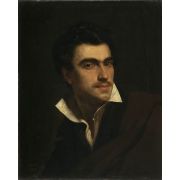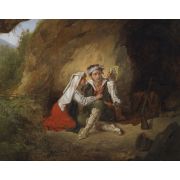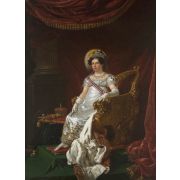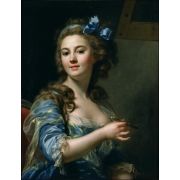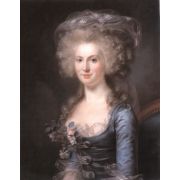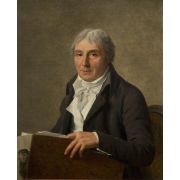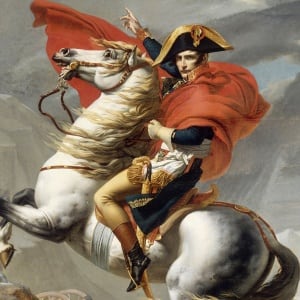
Neoclassicism
Neoclassicism
1 to 18 out of 18 artists
Pompeo Batoni
1708 -1787, Italian / Neoclassicism and Rococo, 418 works
Sir Lawrence Alma-Tadema
1836 -1912, Dutch / Romanticism and Neoclassicism, 395 works
John Singleton Copley
1738 -1815, American / Neoclassicism and Romanticism, 231 works
Joseph Wright of Derby
1734 -1797, British / Romanticism and Neoclassicism, 193 works
Angelica Kauffmann
1741 -1807, Swiss, Female Artist / Neoclassicism, 180 works
Vladimir Borovikovsky
1757 -1825, Russian / Rococo and Neoclassicism, 176 works
Jacques-Louis David
1748 -1825, French / Neoclassicism, 162 works
Franz Xavier Winterhalter
1805 -1873, German / Romanticism and Neoclassicism, 142 works
Anton Raphael Mengs
1728 -1779, German / Baroque and Neoclassicism, 118 works
Sophie Gengembre Anderson
1823 -1903, French, Female Artist / Kitsch , Neoclassicism , and Romanticism, 85 works
François Gérard
1770 -1837, French / Neoclassicism, 60 works
George Dawe
1781 -1829, British / Neoclassicism, 45 works
William Hamilton
1751 -1801, British / Neoclassicism, 39 works
Marie-Guillemine Benoist
1768 -1826, French, Female Artist / Neoclassicism, 13 works
Pierre-Narcisse Guerin
1774 -1833, French / Neoclassicism, 9 works
Jerome-Martin Langlois
1779 -1838, French / Neoclassicism, 7 works
Pieter van Hanselaere
1786 -1862, Belgian / Neoclassicism, 6 works
1 to 18 out of 18 artists
During the Age of Enlightenment in Europe in the 18th century, people wanted their art and architecture to look as good as the works of the Greeks and Romans. Along with the exciting archeological rediscoveries of Pompeii and Herculaneum in Rome, Neoclassicism came about when artists and architects used Greco-Roman ideas in their work. The Rococo vanity culture and court-painting climate that came before was replaced by a return to studying science, history, math, and correct anatomy.
The French Royal Academy of the Arts set up a hierarchy of painting in 1669. Neoclassicism took that idea and ran with it. History painting, which included subjects from the Bible, Greek mythology, and history, was ranked as the best type. Portraiture, genre painting, landscapes, and still lifes were classified as the following best types. This hierarchy was used to judge works submitted to the Salon or for prizes like the prestigious Prix de Rome. It also affected how much patrons and collectors were willing to pay for a piece. Nicolas Poussin and Claude Lorrain's paintings were seen as the best examples of history painting, and both artists greatly impacted Neoclassicism. Lorrain's landscapes had both naturalistic details and figures from mythological or biblical scenes, like in his "A landscape with Apollo guarding the herds of Admetus," which shows how he did this (1645). Many of his works had a sense of order and harmony, which fit the Neoclassical idea that art should offer the best qualities. Poussin's compositions were clear and logical, and he liked to use strong lines when he painted figures. The Death of Germanicus, which he wrote in 1627, made him famous in his own time. It also influenced artists like Jacques-Louis David and Benjamin West, whose The Death of General Wolfe, written in 1770, is based on The Death of Germanicus.
Neoclassicism was influenced by the discovery of ancient Greek and Roman archeological sites and artifacts, which became known all over Europe through widespread illustrated reports of different travel expeditions. Scholars like James Stuart and Nicholas Revett tried to organize and record the past systematically in books like Antiquities of Athens (1762). On the Grand Tour, a traditional and educational rite of passage for young European aristocrats, they went to Italy "in search of art, culture, and the roots of Western civilization," as cultural critic Matt Gross put it. Rome became a major stop because of its Roman ruins, Renaissance art, and newly found ancient artifacts. Famous artists like Pompeo Batoni and Antonio Canova held open studios for these aristocratic tourists since many were avid collectors and had also commissioned works.
Neoclassicism started in Italy in the city of Rome. The art historian Johann Joachim Winckelmann's Thoughts on the Imitation of Greek Works in Painting and Sculpture (1750) was a big part of how Neoclassicism looked and worked. Even though he was German, he spent most of his life in Rome, where several critical Catholic officials supported him. He said that art should aim for "noble simplicity and calm grandeur" and that "the only way for us to become great, and maybe even unique, is to copy the ancients." In 1765, the artist Henry Fuseli translated the work, which made him well-known, first into French and then English. Winckelmann was the first person to see art as having a beginning, a middle, and an end. He saw civilization's skill as part of the culture itself. The book influenced people like Lessing, Herder, Goethe, Nietzsche, and Spengler, who lived in his time and in the centuries after.
Anton Raphael Mengs was an early leader in Neoclassical painting. He was a close friend of Winckelmann. Mengs and Winckelmann brought together a group of artists who made Rome the center of the new movement. Mengs was called "the greatest painter of the day" because of the mythological scenes in his frescoes. He affected several well-known artists, such as Benjamin West, Angelica Kauffman, John Flaxman, and Gavin Hamilton, who later led Neoclassicism to grow in Britain. Jacques-Louis David, who led the later period of Neoclassicism in France, was also influenced by him. The two artists met while David was at the Prix de Rome from 1775 to 1780.
Neoclassicism grew out of the Enlightenment, also known as "The Age of Reason," a political and philosophical movement that put science, reason, and exploration at the top of its priorities. Neoclassical artists thought art could improve, reform, and change society, just as society was changing because of the Industrial Revolution, which was driven by scientific discoveries and inventions. In Britain, artists like Benjamin West and others used Neoclassicism to send a message about morality and Enlightenment rationality. Other artists, like Joseph Wright of Derby, did works inspired by the scientific invention, like An Experiment on a Bird in the Air Pump (1768) or Philosopher Lecturing on the Orrery (1766). British artists moved away from mythological themes and toward classical or modern history. For example, West's The Death of General Wolfe (1770) challenged academic standards by refusing to paint soldiers in Roman togas because it wasn't based on reason or observation.
During the later part of Neoclassicism, which was based in France, strong lines, austere classical settings lit with artificial light, and simple elements that showed moral strength were all critical. Jacque-Louis David's Oath of the Horatii (1784), shown at the Paris Salon in 1785, was an excellent example of the new direction in Neoclassical painting. It also made him the leader of the movement. The artist finished the picture while he was in Rome with Mengs. After that, he went to see the ruins at Herculaneum, which he said was like having cataracts removed. Even though the government of King Louis XVI commissioned the Oath of the Horatii because of its focus on loyalty, the painting came to be associated with the French Revolution. The French Revolution was a time of significant changes in politics and society. The monarchy was overthrown, a republic was set up, and radical new liberalist ideas led to Napoleon becoming a dictator. The Jacobins were a powerful political group at the time, and they took the salute of the Horatii brothers from David's The Tennis Court Oath (1791). The later period of Neoclassicism was called "the Age of David" because of how much David influenced it. He taught artists like Anne Louis Girodet-Trioson, Francois Gérard, Antoine Jean Gros, and Jean Auguste Dominique Ingres.
The Frenchman Jean-Baptiste Pigalle started the neoclassical sculpture. Voltaire said his Mercury from 1744 was as good as the best Greek sculptures, and many people copied it. Pigalle was also a well-known teacher. Jean-Antoine Houdon, known for his portrait busts, led the movement in France after being one of Pigalle's students. Since Neoclassicism was a truly international movement, it was thought that the Italian sculptor Antonio Canova was the best example. His works were compared to those of the ancient Greek sculptor Praxiteles in their beauty and grace. John Flaxman was the most critical sculptor in England. He was known not only for his sculptures like Pastoral Apollo (1824) but also for his reliefs and his Neoclassical designs for Josiah Wedgwood's Jasperware, a popular stoneware used worldwide.
With the rise of Romanticism, Neoclassicism in painting and sculpture started to fade. However, in the early 1800s, the two styles competed, with Ingres sticking to Neoclassicism, considered "traditional" at the time, and Delacroix emphasizing how each person feels and thinks. Neoclassicism as a movement was over by the 1850s. Still, academic artists continued to use classical styles and subjects for most of the 19th century, even as modern art movements like Realism, Naturalism, and Impressionism fought against them and tried to change them.
Still, Ingres's work continued to influence artists who came after him. Edgar Degas, Auguste Renoir, Henri Matisse, and Pablo Picasso were all influenced by how he painted people and distorted their shapes. David's work, especially The Death of Marat (1793), was found again in the middle of the 19th century. It influenced artists like Picasso, Edvard Munch, and Vik Muniz, who still make art today. In History Portraits (1988–1990), by modern artist Cindy Sherman, self-portrait film stills are used to reinterpret several well-known Neoclassical works.

